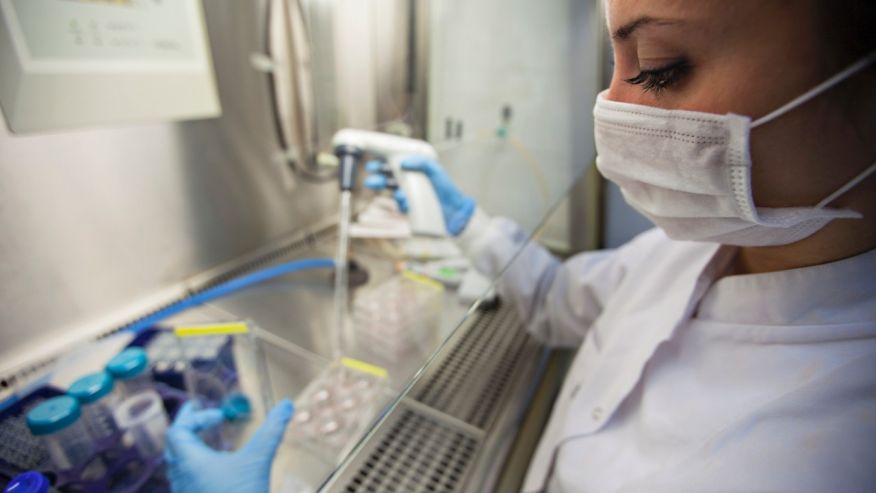Bill Gates, 5 scientists win Lasker Awards
Two scientists who illuminated how brain cells communicate, three researchers who developed implants that let deaf people hear and philanthropists Bill and Melinda Gates have won prestigious Lasker Awards for medical research and contributions to public health.
The Albert and Mary Lasker Foundation announced the recipients of the $250,000 prizes on Monday. The awards will be presented Sept. 20 in New York City.
The Gateses won the public service award “for leading a historic transformation in the way we view the globe’s most pressing health concerns and improving the lives of millions of the world’s most vulnerable,” the Lasker foundation said.
They have donated more than $26 billion to their philanthropic foundation. They often team up with agencies that can provide diverse expertise, the Lasker foundation said, noting that they supported an international partnership that has helped immunize hundreds of millions of children against killer diseases. Their current priorities include polio, agriculture and family-planning information and services.
The Lasker clinical medical research award will be shared by Graeme Clark, an emeritus professor at the University of Melbourne in Australia, Ingeborg Hochmair of the company MED-EL in Innsbruck, Austria, and Blake Wilson of Duke University in North Carolina, for developing the modern cochlear (KAH’-klee-er) implant. More than 320,000 people around the world use the implants for severe hearing loss, the foundation said.
The devices stimulate the auditory nerve with electric signals. Hochmair and Clark worked independently, in the face of scientific skepticism that electrical stimulation could produce meaningful hearing. The implants were approved in the U.S. in 1985.
Wilson later designed a new way for implants to process speech, which has allowed most users to understand words and sentences with no visual cues. The advance fueled a growth in implant use that began in the early 1990s, the foundation said.
The Lasker award for basic medical research will be shared by Richard Scheller of the biotech company Genentech and Dr. Thomas Sudhof of Stanford University. With research they began independently in the late 1980s, they unraveled details of how brain cells release chemical messengers to communicate with each other. Scientists are beginning to find connections between the molecular equipment they studied and serious illnesses like Parkinson’s disease, the foundation said.
Read more: http://www.foxnews.com/health/












 A team of researcher including an Indian origin has suggested that 15 percent of the most common type of strokes occur in adolescents and young adults, and more young people are showing risk factors for such strokes.
A team of researcher including an Indian origin has suggested that 15 percent of the most common type of strokes occur in adolescents and young adults, and more young people are showing risk factors for such strokes.